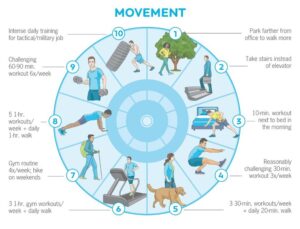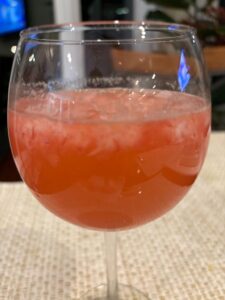Celebrating the Birth Month Without FOGO
This year’s birth month is a rare one because I get to celebrate for 29 days.
Those of you who get 30, or if you’re REALLY lucky, 31 days, may not appreciate the beauty of this.
Fellow February Birth Month Celebrators Rejoice!
“We are always the same age inside,” said Gertrude Stein, an American writer who also had a February birthday.
That’s how I feel. The number changes each year, yet when I get together with my Delta Gamma (aka DG) sisters from college, we’re still the same in many respects.

Probably because we don’t have FOGO.
Fear Of Getting Older.
Perhaps you’ve heard of FOMO—Fear Of Missing Out.
Those of you who have even a slight case of FOMO probably don’t have FOGO.
In other words, you’re enjoying life, staying active, have a sense of purpose and love deeply.
This is good because FOGO can actually accelerate aging and poor health.
The reason: People who have high age-related anxiety typically participate less in health-promoting activities.
Those who enjoy physical activity tend to have less psychological concerns about aging and less overall aging anxiety.
People who participate in more strengthening activities are less concerned about their physical appearance as it relates to health and fitness with aging. They are also more confident.
Strength training is not only great for maintaining muscle, promoting bone health, and increasing metabolism, it may also serve as a potent anxiety-reducing tool.
If you should experience FOGO, remember that an effective antidote is exercise. Find activities that you enjoy and get moving. Go dancing, garden, take a bike ride, join your friends in a strength training class.
Cheers to celebrating the birth month—and to all my DG sisters who are still 18, sort of.
Much love,
Health Coach Carol
“We don’t stop playing because we grow old. We grow old because we stop playing.” – George Bernard Shaw






